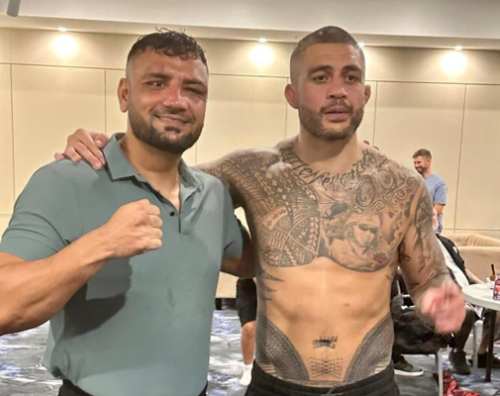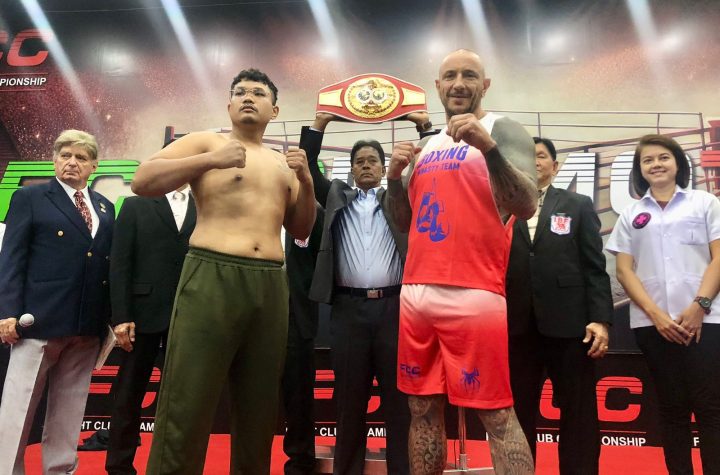
Bloodyelbow.com
Many experts will tell you that mixed martial arts is cyclical in nature. There was a time in which wrestlers and grapplers who could control fight positioning were dominating the game. Times have changed as an evolution in striking continues to build upon technical elements that may have been overlooked in the past. Alexander Volkov gave his insight on grappling in MMA heading into his main event fight against famed BJJ artist Fabricio Werdum and with the way that fight ended, some may wonder if there’s any truth to his claim.
“Jiu-jitsu has a really long and rich history in MMA, but compared to the past, jiu-jitsu is not as important as it used to be. Less and less people who are only good at jiu-jitsu become UFC champions,” Volkov said as reported by Peter Carroll of MMA Fighting. “This is an MMA fight and I think it’s very difficult to submit guys who wrestle and also train in jiu-jitsu. I won’t trade submission with him; I’m going to strike with him and try to knock him out. I think it will be very difficult for him to submit me.”
That’s exact what Volkov did at UFC Fight Night London. Before he finished the former champion in the fourth round of their main event contest; he stopped six of Werdum’s takedown attempts and the three that he finished weren’t enough for the Brazilian to get the finish. He effectively found a way to avoid the submission threat that Werdum posed for long enough to get the victory. But does that mean he was right in his stance that BJJ is growing less important? There’s evidence to both sides of the debate.
It’s true that submissions occur at a less frequent rate. In 9 events so far this year, 18 of 103 fights have ended in submission. Compare that to 33 knockouts and 51 decisions; it’s clear that victories via tap outs are more elusive than other avenues. Back in 2010, Bloody Elbow put together a compelling piece about the decline of submission in MMA. In 2017, 80 fights ended via submission compared to 146 that ended via a form of KO/TKO, as reported by Reed Kuhn of ESPN.
/cdn.vox-cdn.com/uploads/chorus_asset/file/10465801/688735840.jpg.jpg)
Yet, the total conversation shouldn’t focus solely on finish rate. A key component is an individual’s ability to control position in order to dominate their opponent. Look at how Khabib Nurmagomedov used grappling to control Edson Barboza as he relentlessly pummeled him.Demian Maia is another example as he sought position before submission which allowed him to control many fights in which he opponent fought off the submission for extended periods of time.
At the same time, there’s a fan component that must be recognized within this conversation. The prevalent idea is that fighters who are willing to “stand and trade” are more likely to be deemed “exciting” and put themselves in line for performance bonuses. Look at the way Ryan Hall was widely criticized for his 2016 victory over Gray Maynard where he used a well-blended style between grappling and striking to secure the victory. His fighting style is intriguing to those that follow grappling, but you won’t hear many mainstream fans clamoring to see him compete.
Volkov made an interesting statement both before and during his victory over Werdum on Saturday. His timing was also perfect as the sport welcomes two dynamic athletes in Garry Tonon and Dillon Danis. If MMA is truly cyclical, it will be intriguing to see if they are amongst the names leading in a new wave of grapplers to the top of the ranks.





More News
Unconscionable Betrayal: Tyson Pedro Camp’s Shameful Swindling of Taimoor Khan
Casimero TKO’s Sanchez in 1st round
Raquinel wins WBC Continental Americas super flyweight title